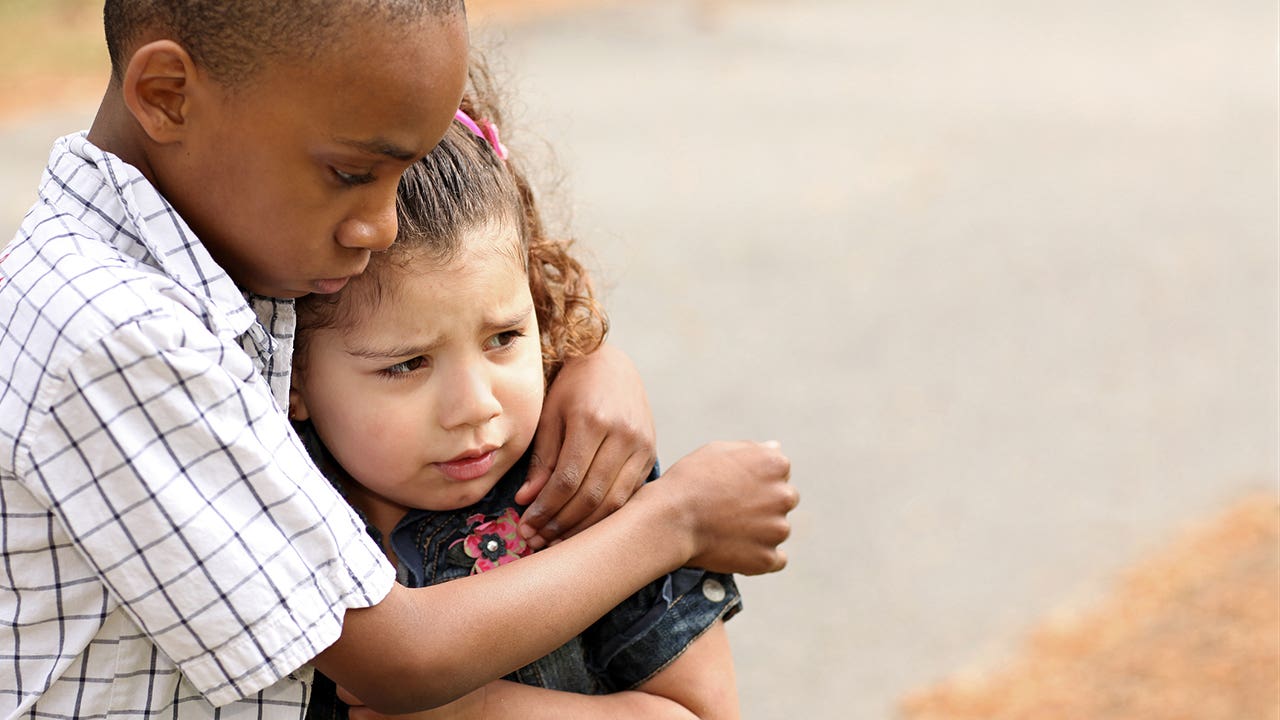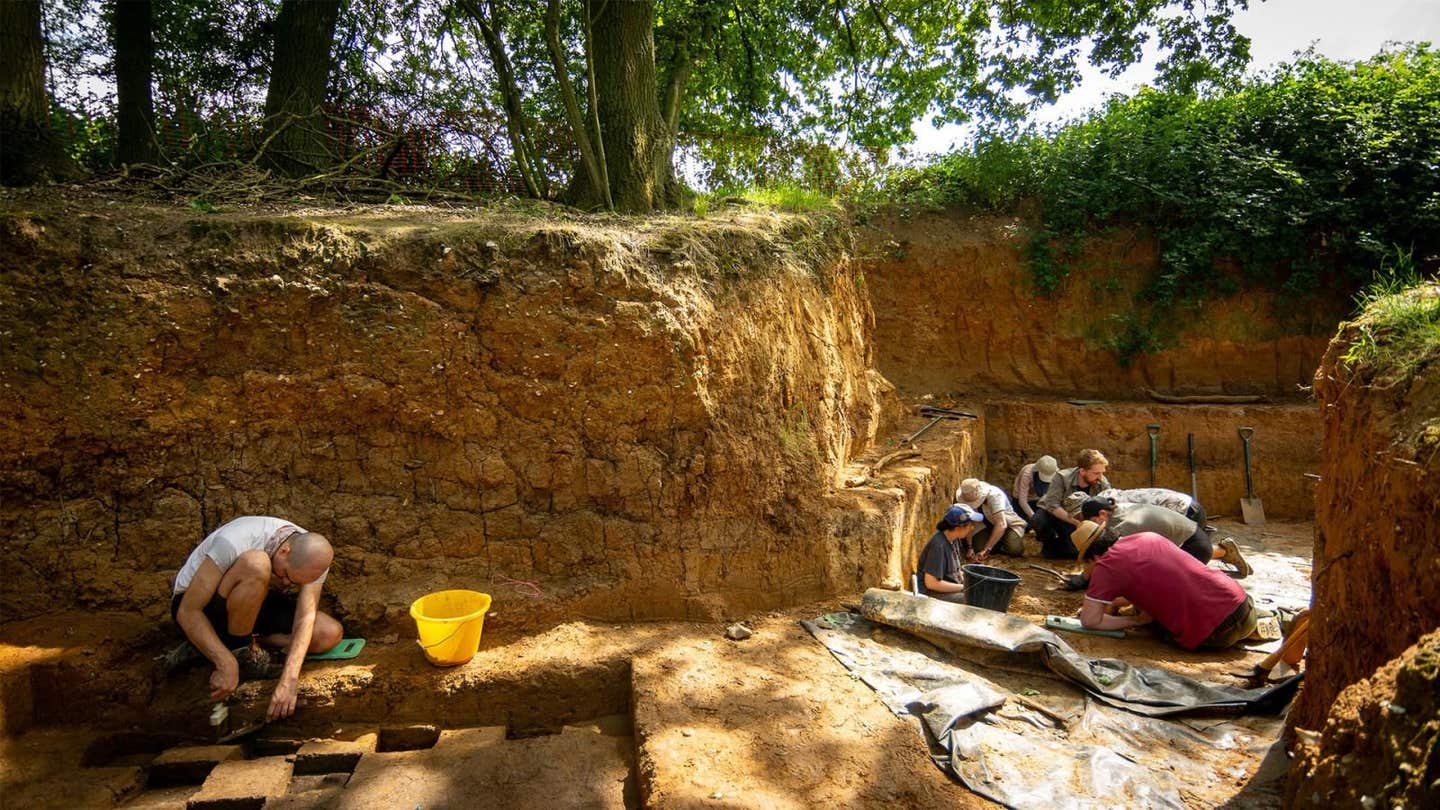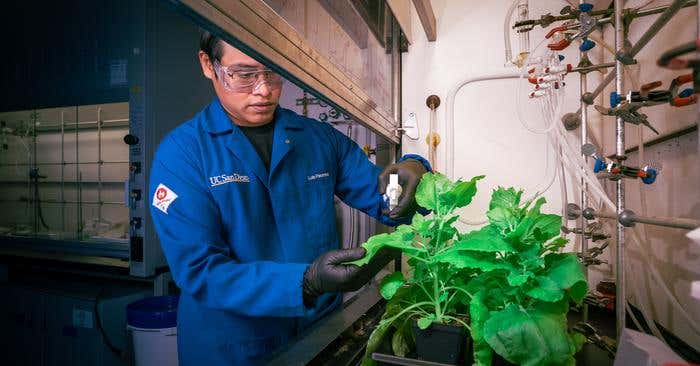According to experts, these 4 secrets are essential to raising kind children
Schools around the world are implementing lessons that teach empathy and compassion, and science is increasingly focusing on their benefits.

[Dec 13, 2021: Audrey D. Brashich]
Schools around the world are implementing lessons that teach empathy and compassion, and science is increasingly focusing on the benefits of a kinder world. (CREDIT: Creative Commons)
Sometimes it can feel like our culture is awash in examples of people treating each other badly: Political figures trash-talking each other on live TV is commonplace, and complete strangers leaving hurtful comments on social media is practically a national pastime — which most likely explains why 70 percent of parents worry that the world is an unkind place, according to one national survey commissioned by Sesame Street.
But calls for being good to each other are gaining momentum. Harry Styles croons about the importance of treating others with kindness, schools around the world are implementing lessons that teach empathy and compassion, and science is increasingly focusing on the benefits of a kinder world.
Here’s some advice for parents on how to encourage good deeds from their children. The first step is understanding that niceness or gestures such as a quick smile or saying hello to a stranger are more of a behavior than a trait. “Being nice means you’re friendly and open, but it doesn’t require any action,” Brooke Jones, vice-president of the Random Acts of Kindness Foundation, a non-profit organization dedicated to making kindness a societal norm, tells SheKnows. In contrast, kindness is about actively practicing compassion, empathy, and generosity. “Kindness requires you to do something, like offer a helping hand, share what you have, or listen to someone’s suffering,” she says.
The good news is that everyone, including children, is innately capable of being kind, but there’s a caveat: Kindness needs to be cultivated for it to flourish. “We’re all born with the potential for both good and evil,” Dr. Lea Lis, a Southampton, New York-based child and adult psychiatrist, tells SheKnows. But it’s the behavior we observe in person, in entertainment, and online as children that shape our understanding of morality and our own conduct. “We are uncivilized people at birth,” she says. And it’s parents, along with the surrounding community, that help us learn to be kind.
Related News
Kindness not only makes daily interactions more pleasant and creates deeper connections with others, but it also triggers a host of physical and psychological knock-on effects: It boosts wellbeing by promoting the release of dopamine and oxytocin, which can improve mood, minimize stress, reduce depression, and lower blood pressure. Performing acts of kindness and being altruistic toward others has also been shown to significantly reduce physical pain and make people happier overall.
And when schools integrate kindness into a curriculum that focuses on social and emotional learning (a framework for getting along with others and managing emotions), it can prevent bullying, boost students’ grades, and improve social competence.
Here are tips for encouraging kindness in your child.
Be a Good Role Model
“Kids are like little sponges,” Dr. Harvey Karp, a pediatrician and author of Happiest Baby on the Block and Happiest Toddler on the Block, tells SheKnows. “They soak up everything they see and hear.” So, demonstrate how you’d like your child to behave by performing small acts of kindness such as holding open a door, picking up a grocery item that fell from a stranger’s cart, normalizing saying “Please” and “Thank you,” and being a good listener when someone is talking.
Shine a Spotlight on Kindness When You See It
Even if it feels like everyone is short-tempered these days, kindness is actually all around us. “People are still being generous with what they have, saying nice things to people, and letting others in line ahead of them [in public],” says Jones. And pointing out those examples, either when you see them in person or online, will signal to kids that you value that sort of behavior. It also helps children learn how to identify it, which in turn, makes it easier for them to mimic. “It doesn’t have to be a big lecture,” says Dr. Karp, but rather casual comments about the inspiring things you see out in the world.
Nadja Hoath, a teacher in Richmond, British Columbia who’s worked with six- and seven-year-old students for 30 years, does this by opening her students’ eyes to positive examples in their own classroom. “When we see kindness in a book or witness it on the playground when someone is alone or falls down, we notice it as a class and name it to help embed it in the children’s thinking,” Hoath tells SheKnows, stressing that repetition is crucial. “We often assume that kids know how to recognize these behaviors and act accordingly, but many times they really don’t.”
Teach Kids How to Manage Their Anger
According to Lis, it’s important to note that unkindness can stem from anger. And since anger can cause children to reason with their emotions rather than logic, it can lead to knee-jerk, unkind reactions. Help prevent that chain of events by teaching kids the importance of creating a circuit-breaker moment — like taking a deep breath or splashing cold water on their face — to help defuse their emotions before making any decisions or reacting to a situation.
Create Opportunities for Kids to Practice Kindness
The most effective way for kids to learn to be kind is to experience the joy it can bring to
others — and themselves. Karp suggests doing this by creating a family “kind jar” and filling it with small notes bearing items that your kids appreciate, encouraging your child to write a “Thank you” letter, drawing a picture for someone outside of your family, and giving it to them, or volunteering together in the community.
“The earlier you get kids talking about kindness and practicing it in their daily lives, the more ingrained it becomes,” says Hoath. You’ll know it’s working when they perform good deeds when they don’t realize anyone is watching. “When they’re ready to take action and be compassionate,” she says, “that’s kindness.”
For more good news stories check out our Good News section at The Brighter Side of News.
Like these kind of feel good stories? Get the Brighter Side of News' newsletter.
Tags: #Good_News, #New_Discoveries, #Child_Development, #Children, #Kindness, #Learning, #Research, #The_Brighter_Side_of_News



